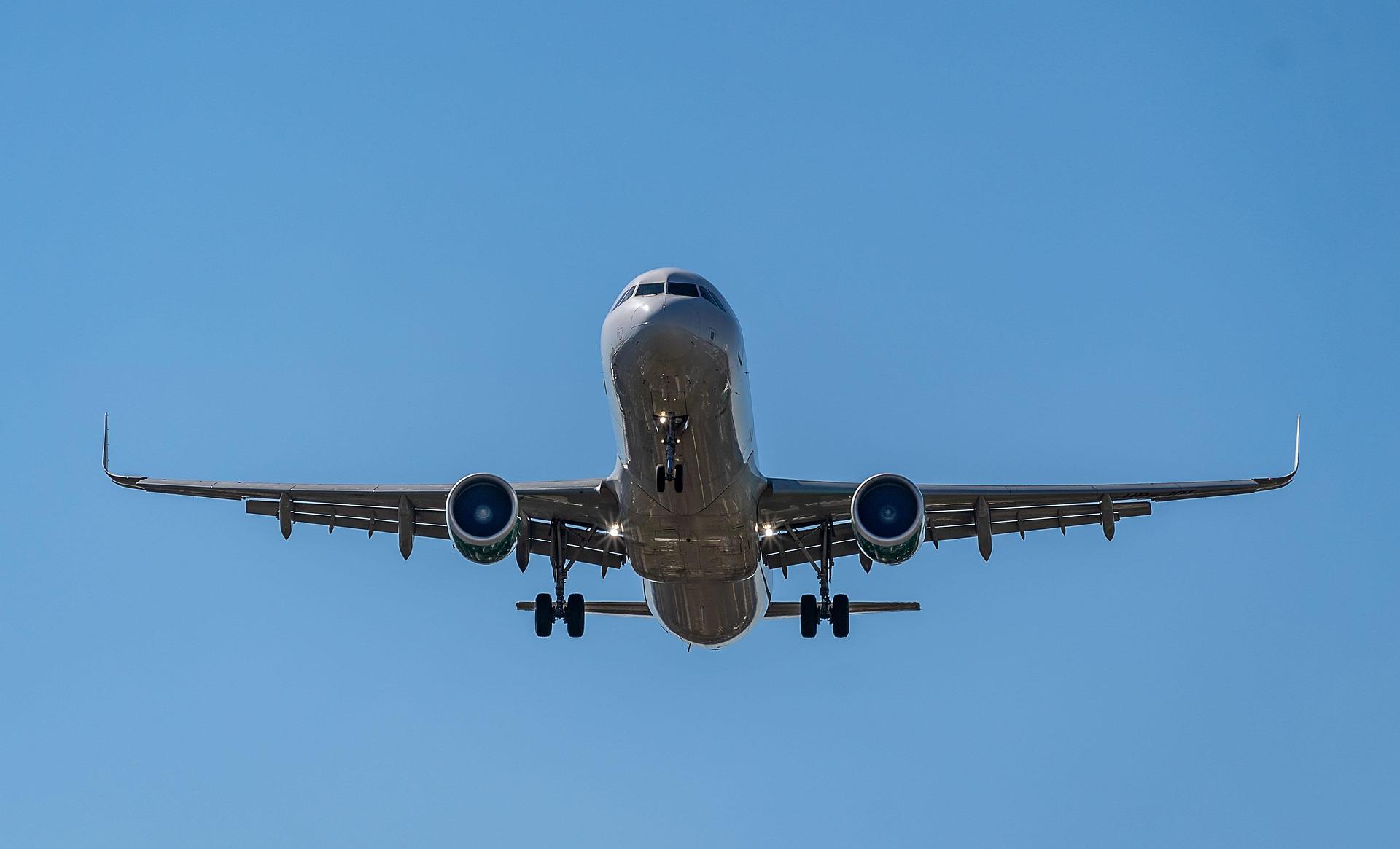
In what has become a major blow to global aviation trust, the Boeing 787 Dreamliner—an aircraft that has carried over a billion international passengers—was recently involved in a devastating crash in Ahmedabad. The tragic incident claimed 265 lives and raised serious concerns not just about one flight, but about the very reliability of Boeing aircraft, once considered among the safest in the skies.
Just a month prior, Boeing proudly announced that its 787 Dreamliner had surpassed the milestone of flying over one billion passengers within 14 years of launch. It was hailed as the ideal aircraft for long-distance international routes. However, the crash, which occurred just one minute after take-off, has cast a shadow over the aircraft’s reputation. While investigations are ongoing and the black box has been recovered, scrutiny is mounting over Boeing’s manufacturing practices, maintenance standards, and overall safety protocols.
This isn’t the first time Boeing has faced such intense global criticism. The company is still haunted by the legacy of the 737 Max disasters in 2018 and 2019, which killed hundreds of people in crashes in Indonesia and Ethiopia. Investigations revealed a faulty software system was to blame, leading to the grounding of the 737 Max for 18 months by the Federal Aviation Administration (FAA) in the United States.
While there’s no confirmation of a technical glitch in the Ahmedabad Dreamliner crash yet, aviation experts are sounding alarms. Repeated involvement of Boeing aircraft in major incidents has understandably triggered global concern. Data from last year suggests that Boeing was incurring monthly losses of around $1 billion.
In early 2024, another troubling incident occurred when the door of an Alaska Airlines flight blew off mid-air. Boeing had to pay $60 million in compensation. Similarly, the company paid $428 million to Southwest Airlines due to the grounding of the 737 Max. On top of financial setbacks, Boeing faced a seven-week labor strike, serious questions over quality control, and declining aircraft sales—creating a perfect storm of corporate crisis.
Adding to Boeing's woes, disturbing internal allegations have come to light. John Barnett, a former Boeing employee, accused the company of using substandard parts under pressure. Tragically, Barnett died by suicide just before testifying in court. Another whistleblower, engineer Sam Salehpour, told the U.S. Congress that he was threatened for raising safety concerns. Boeing claims that safety reporting by employees has increased by 500%, suggesting a cultural shift—but critics question if it’s too little, too late.
The U.S. Department of Justice previously charged Boeing with criminal conspiracy in connection with the Max crashes. The company admitted to obstructing the investigation and paid over $1 billion in penalties. For a company once considered a symbol of American engineering excellence, this fall from grace has been both dramatic and damaging.
The fallout from the Ahmedabad crash is already visible on Wall Street. Boeing’s stock has plunged below $195, losing $20 in just two days and wiping out over $5 billion in market capitalization. Investor sentiment is low, and unless the root cause of the crash is revealed and resolved, both Boeing’s brand and stock price remain under severe pressure.
Boeing recently appointed new CEO Stephanie “Cal” Calhoun to steer the company back to stability. She has promised a renewed focus on safety and quality, expressing confidence that Boeing will return to profitability. However, the central question remains—will passengers, especially in markets like India, be able to trust Boeing again?
Boeing was once synonymous with innovation, reliability, and prestige. Today, with every new incident, it is becoming increasingly associated with fear and uncertainty. The investigation into the Dreamliner crash will eventually bring answers, but for now, every Boeing flight is not just a journey through the skies—it is a test of public trust.
Disclaimer:
This article is for informational and editorial purposes only. It is based on publicly available reports, official statements, and investigative findings as of the time of writing. The intent is not to defame or discredit any company, individual, or organization mentioned herein. Readers are encouraged to follow official investigations and updates from regulatory authorities for the most accurate and current information. The views expressed do not reflect those of any airline, government, or corporate entity.




